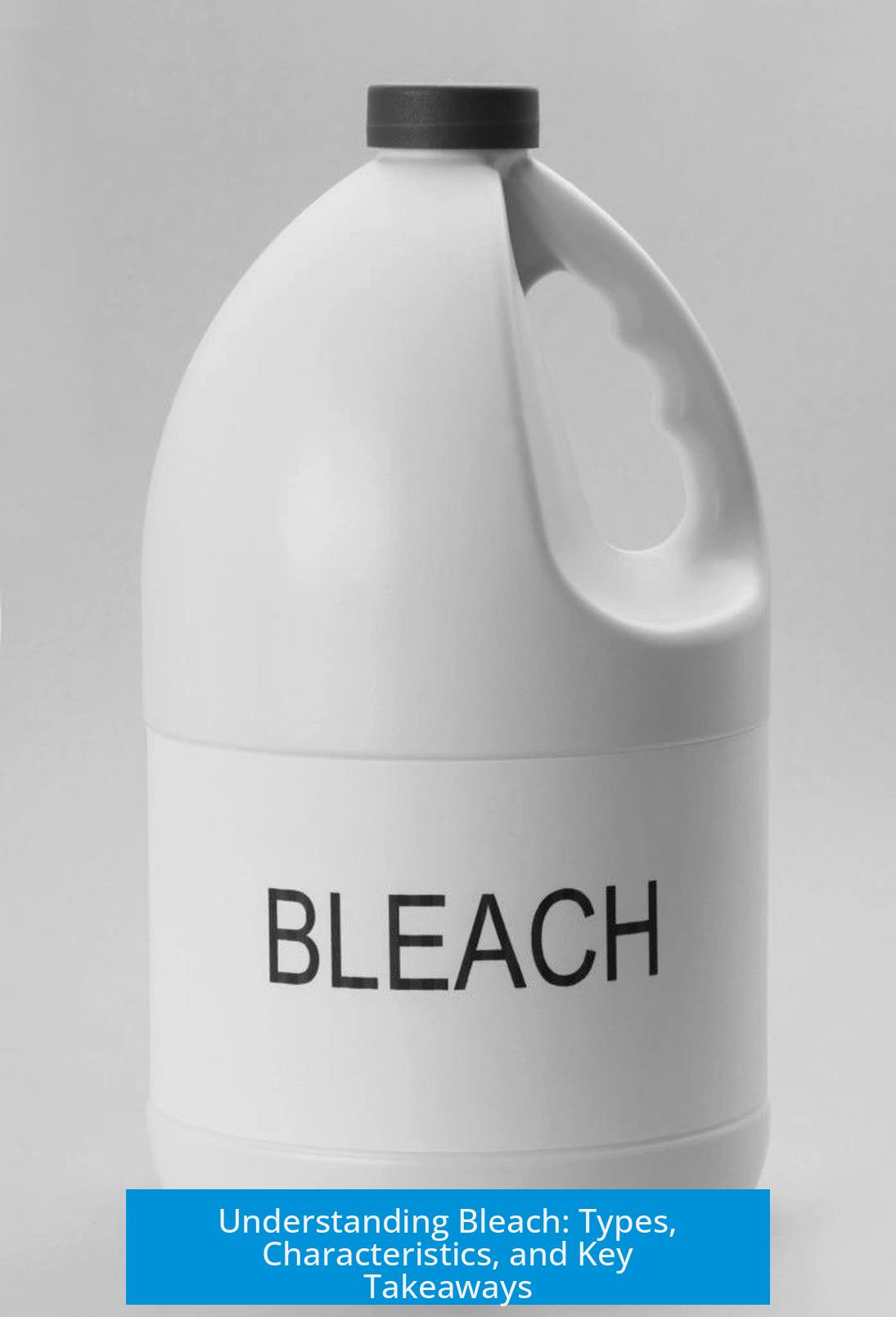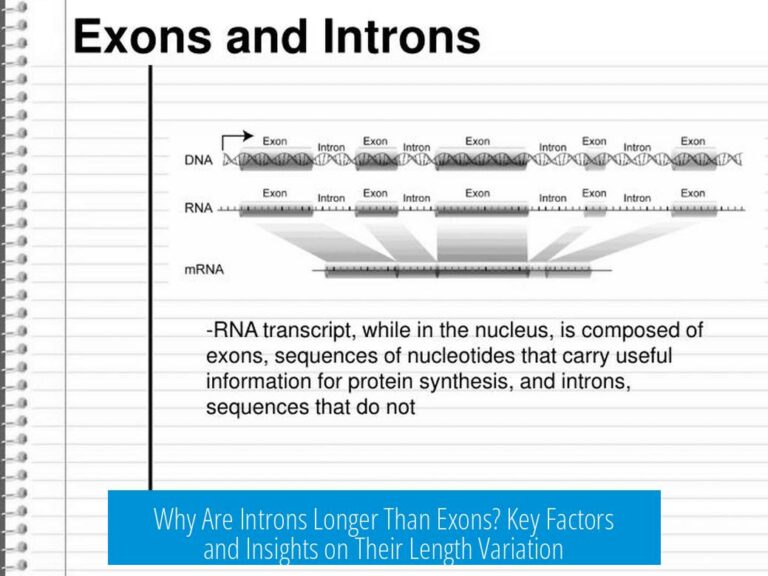What Is Bleach?

Bleach is a broad term for chemicals that remove color by oxidation, mainly used to eliminate unwanted organic compounds. It typically acts by breaking down colored molecules, leading to decolorization.
Definition and Core Concept
Bleach refers to any chemical agent that removes or lightens color. Its action often involves oxidation reactions, where electrons transfer causes pigment molecules to break down. The term “bleaching” can vary; sometimes it means oxidizing by chemical methods, other times it indicates whitening by exposure to sunlight, called “sun bleaching.”
Types of Bleach

Chlorine-Based Bleach
- Sodium hypochlorite (NaOCl) is the most common household bleach. It acts as a disinfectant and stain remover.
- Commercial bleach solutions contain sodium hypochlorite in a basic solution stabilized with sodium hydroxide to prevent rapid degradation.
- During storage, hypochlorite slowly decomposes into chlorate and perchlorate ions, and traces of bromate may be present as contaminants.
- Other chlorine oxo-anions such as sodium perchlorate (NaClO4) also serve as oxidizing agents and can be classified as bleaches, along a series including NaClO1 through NaClO4.
Oxygen-Based Bleach
- Oxygen bleaches mainly include peroxide-containing compounds.
- An example is sodium percarbonate, commonly known by trade names like OxiClean.
- When dissolved in water, sodium percarbonate releases hydrogen peroxide (H2O2), which acts on stains via oxidation.
- Oxygen bleaches differ chemically from chlorine bleaches, as they contain no chlorine; they rely on peroxide chemistry instead.
Summary of Bleach Characteristics
| Type | Main Agents | Mechanism | Typical Use |
|---|---|---|---|
| Chlorine Bleach | Sodium hypochlorite (NaOCl), sodium perchlorate (NaClO4) | Oxidation by chlorine species | Disinfection, stain removal |
| Oxygen-Based Bleach | Sodium percarbonate (solid peroxide) | Oxidation by peroxide (H2O2) | Stain removal without chlorine |
Key Takeaways
- Bleach encompasses chemicals removing color via oxidation of organic compounds.
- Sodium hypochlorite is the standard chlorine bleach found in households, stabilized with sodium hydroxide.
- Other chlorine oxo-compounds expand the definition of bleach.
- Oxygen bleaches contain peroxide and operate differently from chlorine-based bleaches.
What is the primary action of bleach in removing color?
Bleach removes color by oxidation. It breaks down organic compounds that cause stains, leading to color removal.
How does chlorine bleach differ from oxygen-based bleach?
Chlorine bleach mainly uses sodium hypochlorite and involves chlorine chemistry. Oxygen-based bleaches contain peroxides like sodium percarbonate and work differently, without chlorine.
Why is sodium hypochlorite commonly called bleach?
Sodium hypochlorite is the main ingredient in household bleach products. It acts as a disinfectant and stain remover, making it the typical bleach people use.
Are all bleaches the same chemically?
No, bleaches include various chemicals like NaOCl, NaOClO4, and peroxide compounds. They all remove color but differ in chemical makeup and usage.
What stabilizers are used in household bleach?
Sodium hydroxide is added to stabilize sodium hypochlorite in bleach. This helps keep the bleach effective over time.
Can “bleaching” mean something other than chemical treatment?
Yes, bleaching can also refer to natural processes like sun bleaching, which simply fades color due to light exposure, not chemical oxidation.





Leave a Comment